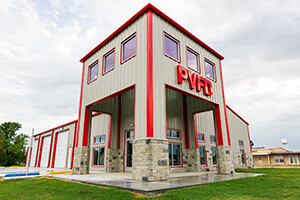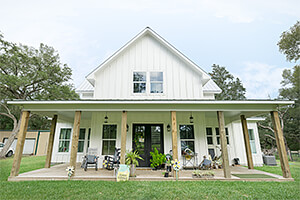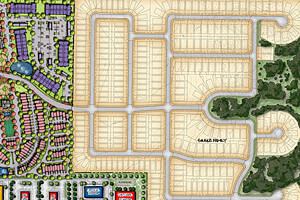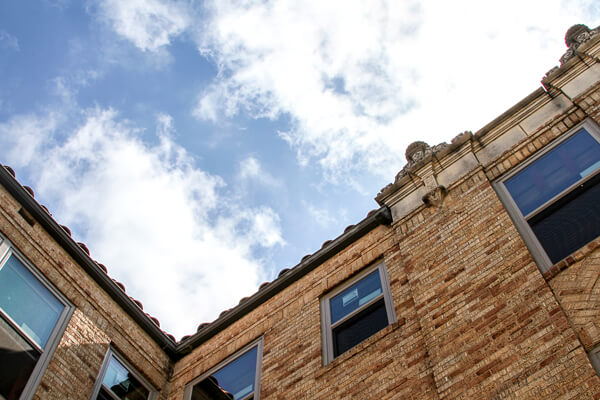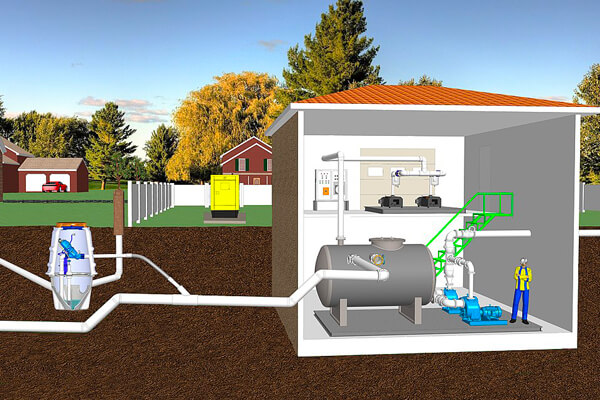- About Us
Resources
"After years of working together, we use Lynn Engineering exclusively and tell the families that we’re building for that they are in good hands."
— Krystle Henson,
KC Coastal, LLC
- ServicesOur team has spent years working throughout the Texas Coastal Bend on projects for both public and private sectors, developing lasting relationships with our clients.
Specializing in designing projects located in the high wind zones of the Texas Gulf Coast. Our experience includes mild reinforced concrete, post-tensioned concrete, timber, steel, and masonry structures.
Windstorm regulations are complex. We will engineer your new construction or alteration project to meet the design requirements of the code.
Land planning, zoning assistance, stormwater analysis and cost estimation for both commercial and residential clients.
Our team has spent years working throughout the Texas Coastal Bend on projects for both public and private sectors, developing lasting relationships with our clients.Specializing in designing projects located in the high wind zones of the Texas Gulf Coast. Our experience includes mild reinforced concrete, post-tensioned concrete, timber, steel, and masonry structures.
Windstorm regulations are complex. We will engineer your new construction or alteration project to meet the design requirements of the code.
Land planning, zoning assistance, stormwater analysis and cost estimation for both commercial and residential clients.
We employ a full-time architecture staff. Our clients benefit from a one-stop shop from planning to design and on to construction.
- Locations
Matagorda, Brazoria, Calhoun, Jackson, Galveston, Chambers and Jefferson Counties
Aransas, Refugio and San Patricio Counties
San Patricio, Nueces, Kleberg and Kenedy Counties
Development in and around the Dallas-Ft. Worth MSA
Matagorda, Brazoria, Galveston, Chambers and Jefferson Counties
Aransas, Refugio and San Patricio Counties
San Patricio, Nueces, Kleberg and Kennedy Counties
Development in and around the Dallas-Ft. Worth MSA
- Projects
Rohe Builders partnered with Lynn Engineering to build a beautiful custom home on the coast in Seadrift, Texas with a wall of large windows that produce beautiful panoramic…
TideWater Properties, a custom homebuilder in Rockport, Texas worked with Lynn Engineering to design and build a beautiful waterfront home on the Texas Gulf Coast.The historic BayTex Hotel on West Sixth Street in Bay City, Texas, first opened in 1927 with 49 guest rooms and a first-floor restaurant, becoming the crown jewel…
The community of Port O’Connor, Texas, south of Victoria on West Matagorda Bay, has experienced growth in recent years. The vacuum or pneumatic sewer system installed in 2000 has been underperforming of late.
Rohe Builders partnered with Lynn Engineering to build a beautiful custom home on the coast in Seadrift, Texas with a wall of large windows that produce beautiful panoramic…
TideWater Properties, a custom homebuilder in Rockport, Texas worked with Lynn Engineering to design and build a beautiful waterfront home on the Texas Gulf Coast.The historic BayTex Hotel on West Sixth Street in Bay City, Texas, first opened in 1927 with 49 guest rooms and a first-floor restaurant, becoming the crown jewel…
The community of Port O’Connor, Texas, south of Victoria on West Matagorda Bay, has experienced growth in recent years. The vacuum or pneumatic sewer system installed in 2000 has been underperforming of late.
- Careers
"The people I work with are interested in me as a person, and not just the job that I do."
— Brandi, Client Relations Specialist
Since August 2016Open Positions
Our Culture
"The people I work with are interested in me as a person, and not just the job that I do."
— Brandi, Client Relations Specialist
Since August 2016
What is the difference between TDI and TWIA?
The different functions of each agency explained
- Mitchell Carrillo, P.E.
- June 1, 2023
For the full conversation, check out full episodes of The Next Level Podcast. The Next Level Podcast is available on Apple Podcasts, Google Podcasts, Amazon Music, iHeartRadio, YouTube and Spotify.
The process of obtaining certification of a new home or alteration can be confusing for homeowners and even contractors.
Wading through these waters is necessary, however, to obtain a windstorm and hail insurance policy through TWIA or your insurance company.
Will you need a certificate from TDI or TWIA? What’s the difference between a WPI-8 and a WPI-8E?
These are great questions. First, let’s define the organizations and then we’ll get in to the different certifications needed to properly insure your investment.
TDI (Texas Department of Insurance) regulates the state’s insurance industry, oversees the administration of the Texas workers’ compensation system, performs the duties of the State Fire Marshal’s Office, and provides administrative support to the Office of Injured Employee Counsel – a separate agency (tdi.texas.gov).
TWIA (Texas Windstorm Insurance Agency) is a residual market property insurance company and is not a state agency. TWIA is one of 36 residual market property insurers in the United States. These residual markets are created by state law to provide consumers with another alternative for insurance when coverage is unavailable through traditional private sector insurance carriers. When the private sector determines the risk of loss is too great and is unwilling to write coverage voluntarily, applicants can seek coverage through the residual market mechanism (twia.org).
Now, about the certifications.
TDI is the only entity that is capable of issuing certificates of compliance (WPI-8 or WPI-8E) for completed improvements. These certificates are used by TWIA and other insurance companies to verify that the structure’s design and construction conformed to the applicable building code. The only individuals allowed to declare that a structure conformed to the building code for TDI certificate of compliance are professional engineers listed on the TDI appointed qualified inspectors list and TDI inspectors.
What’s the difference between the WPI-8 and WPI-8E?
A WPI-8 is issued from TDI and is used for new and ongoing construction projects. For example, if you are starting the process of designing your new home or contemplating a remodel and you contact our office prior to project completion, you will receive a WPI-8 if all design and construction is in compliance with applicable building codes.
A WPI-8E is issued by TDI and is used for projects that have completed construction. For example, you purchased a home and found that the roof replaced in 2008 never was inspected or certified, and you want to ensure this new roof can have wind and hail coverage, you will receive a WPI-8E certificate.
Verifying completed construction meets the applicable building code can be destructive and costly, and the process for obtaining certificates for completed construction are much more difficult than new or ongoing projects. It is highly recommended that you call Lynn Engineering prior to starting any construction.
Lynn Engineering is here to help with any questions you may have about foundation design. Speak with our professionals or schedule an inspection today. Our experts in design for coastal construction can provide the guidance you need for your repairs, alterations and new construction projects.
Engineering is complicated. We make it easy.

